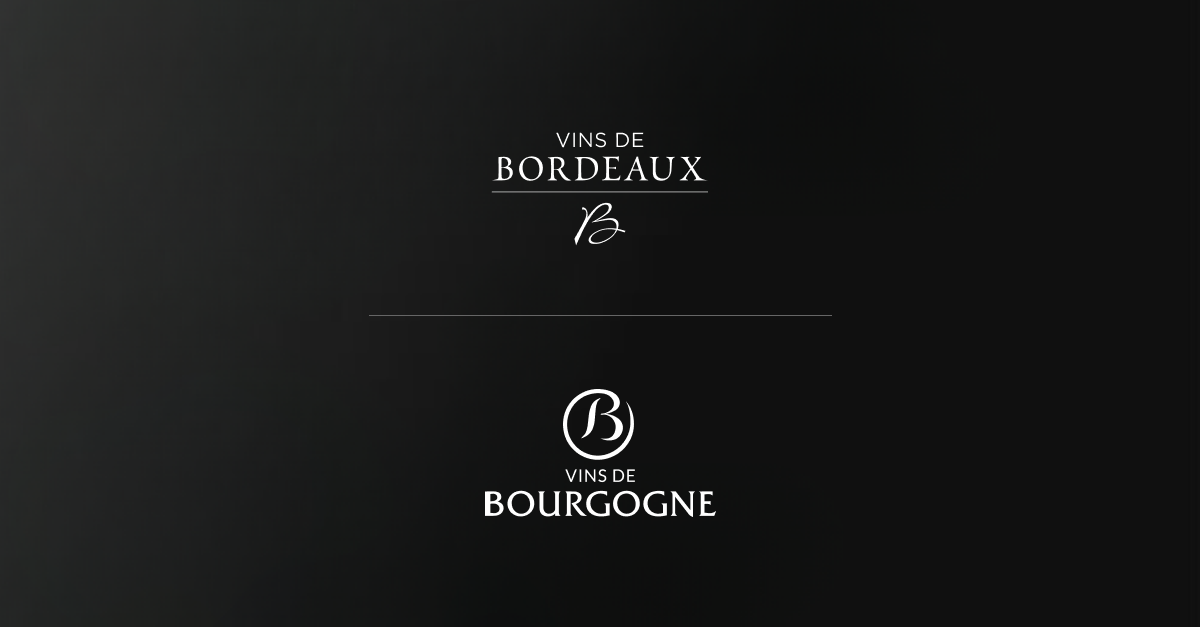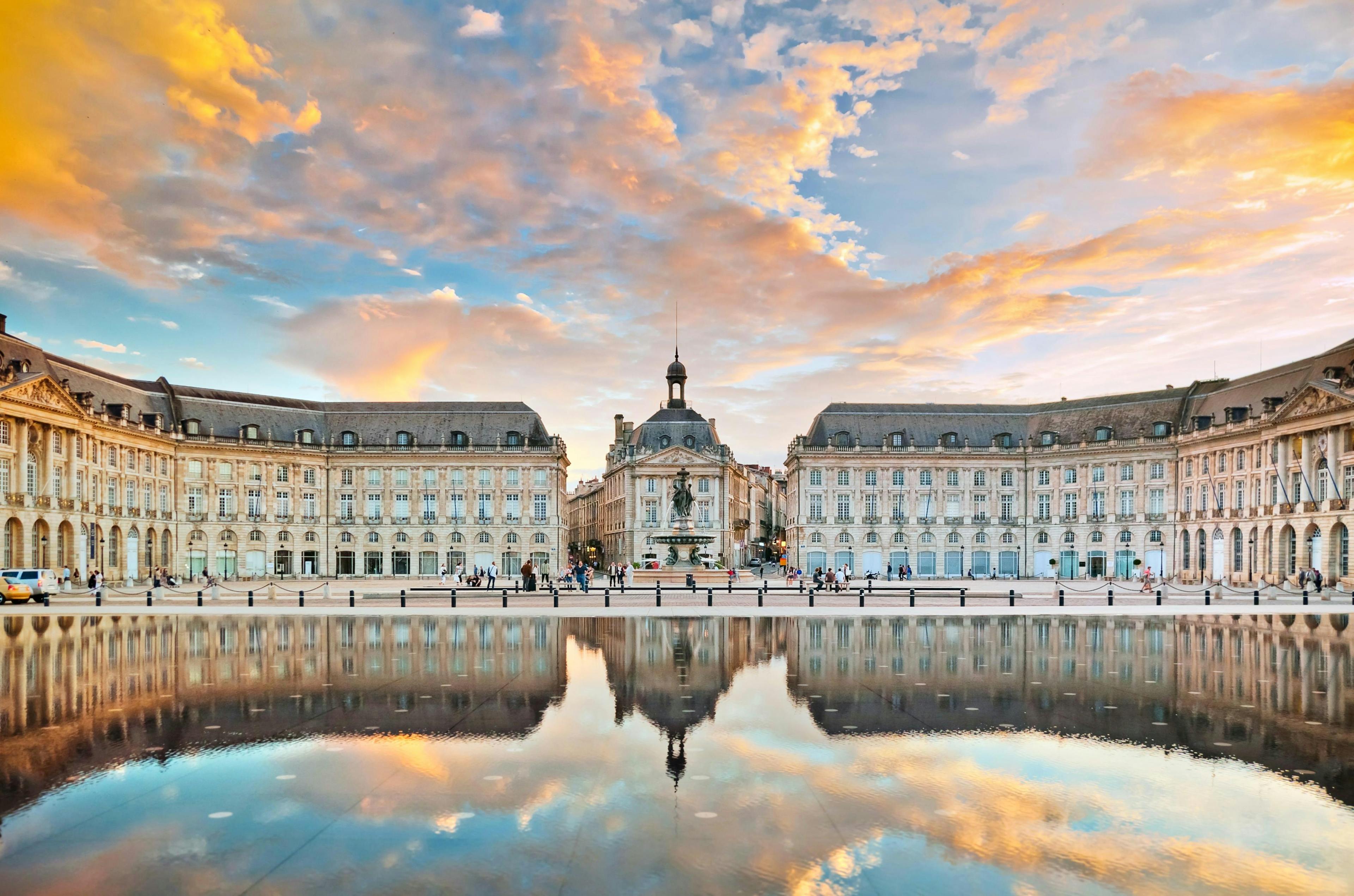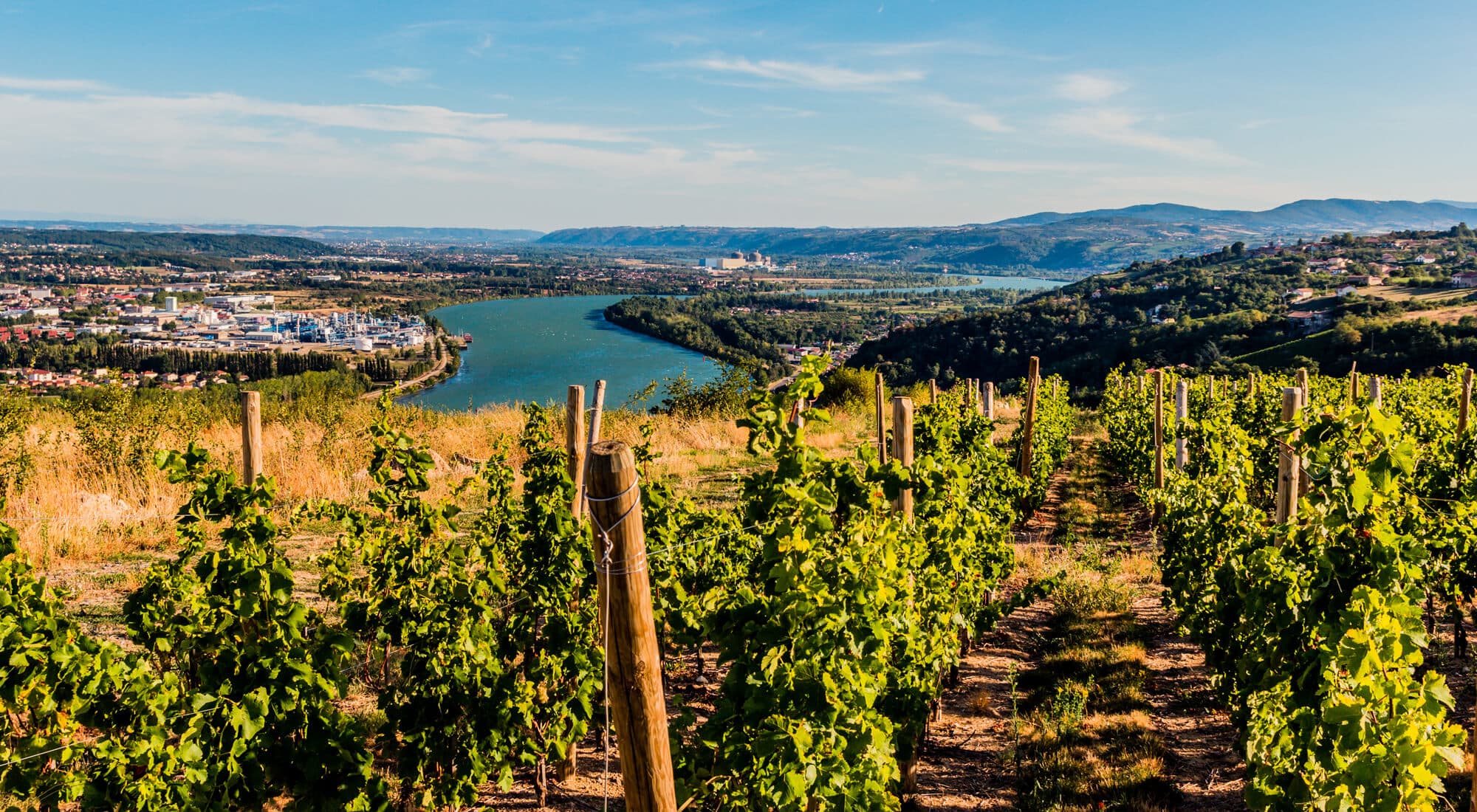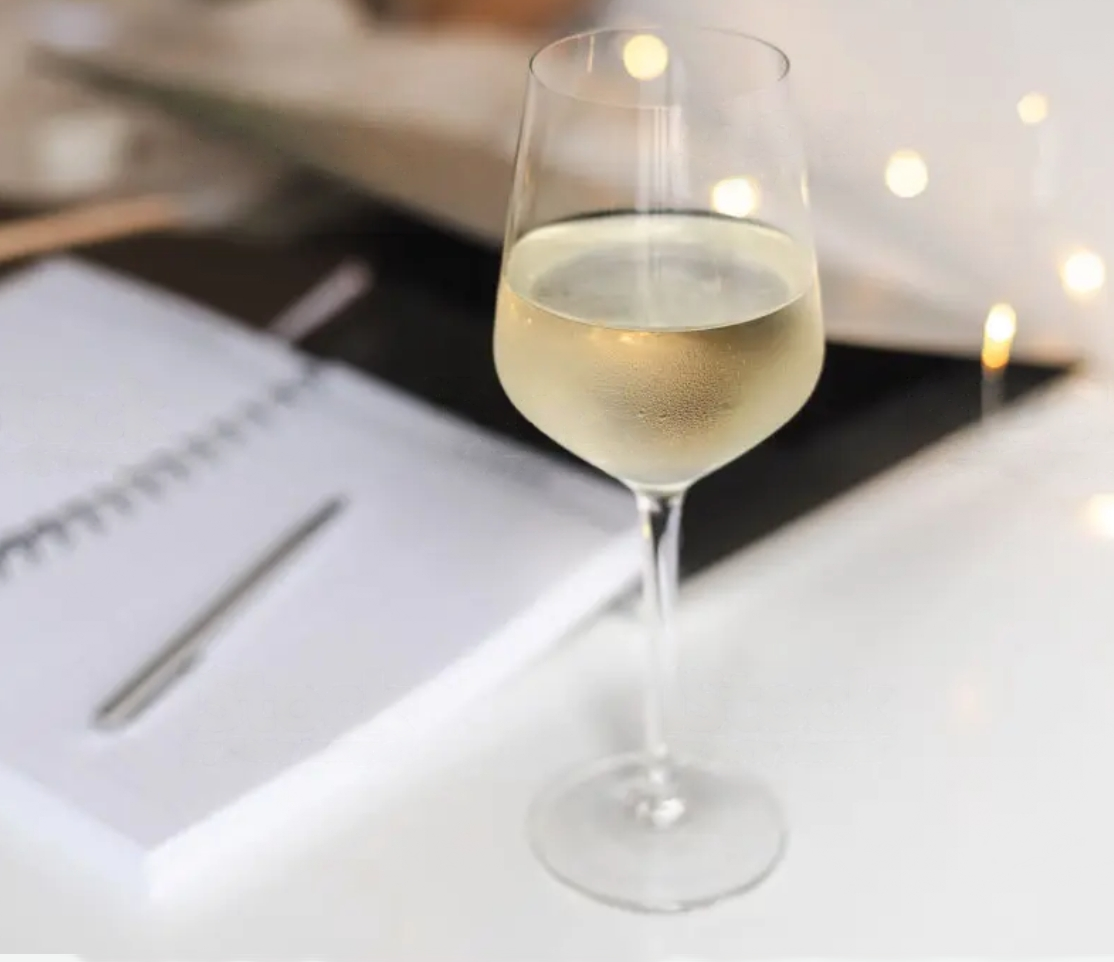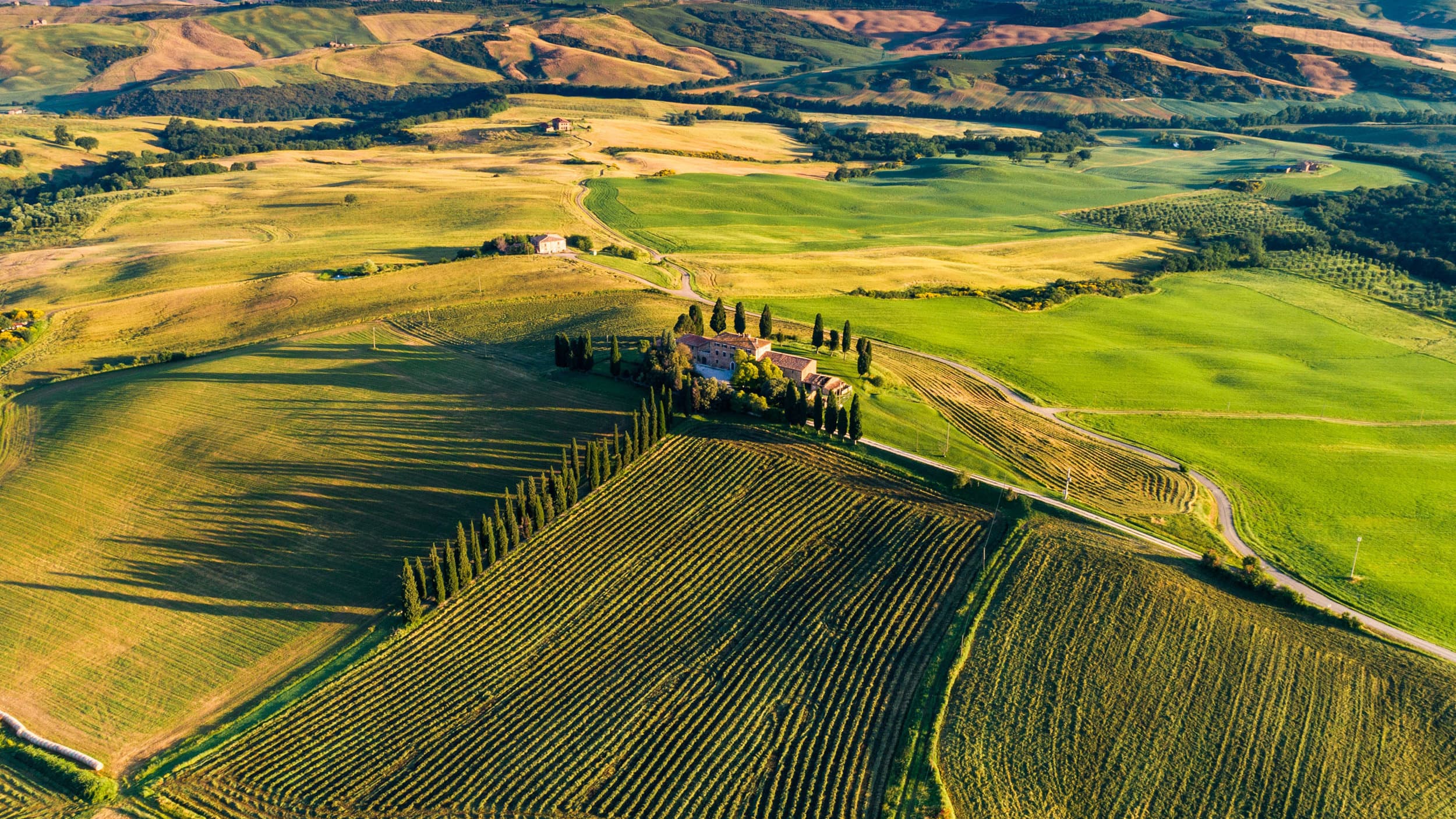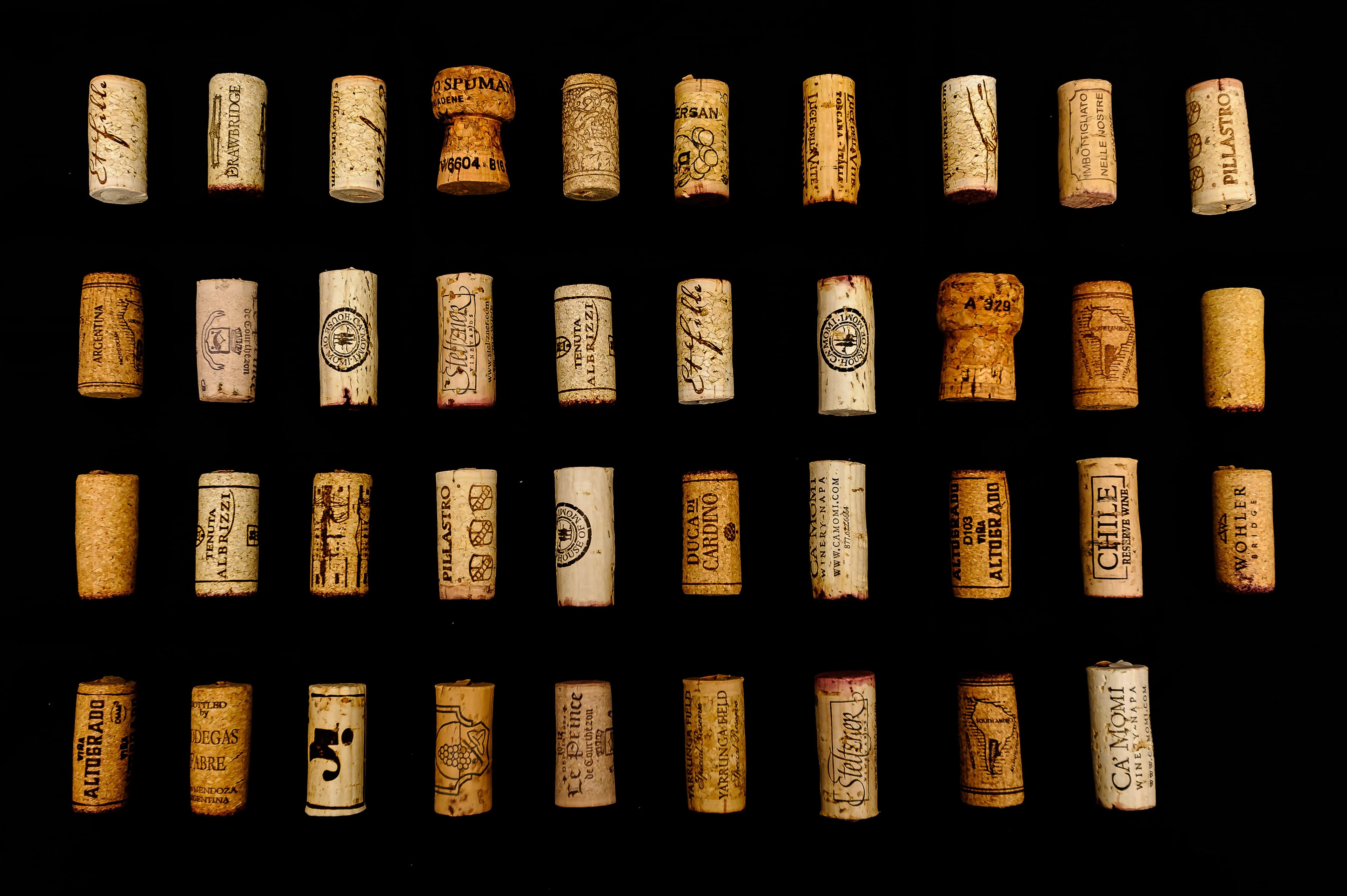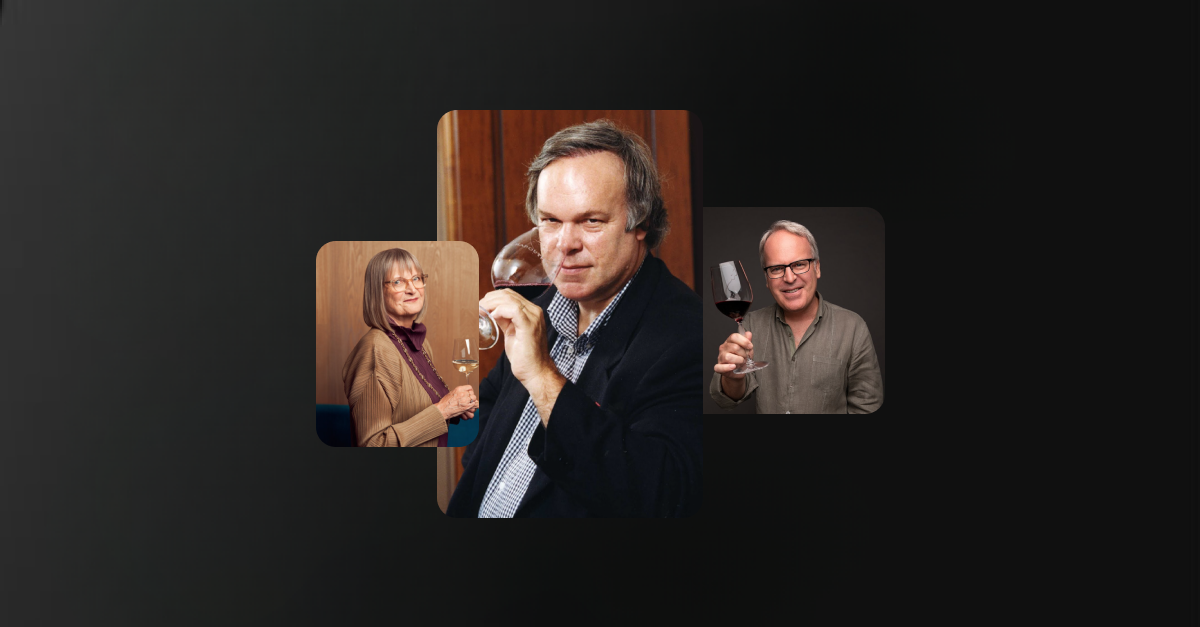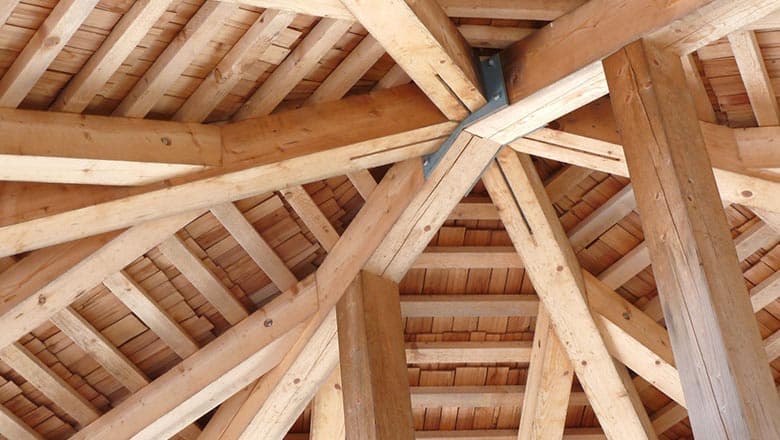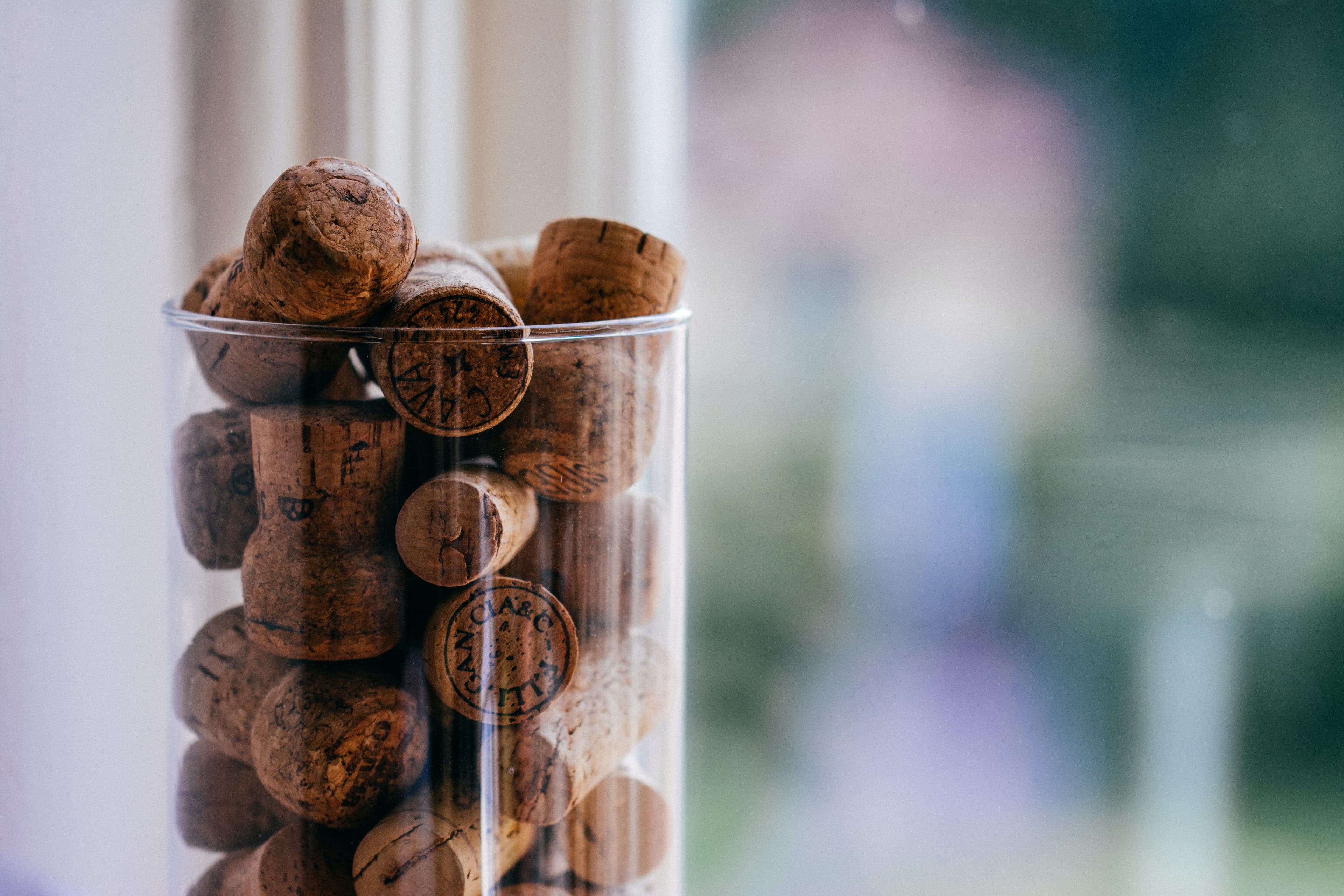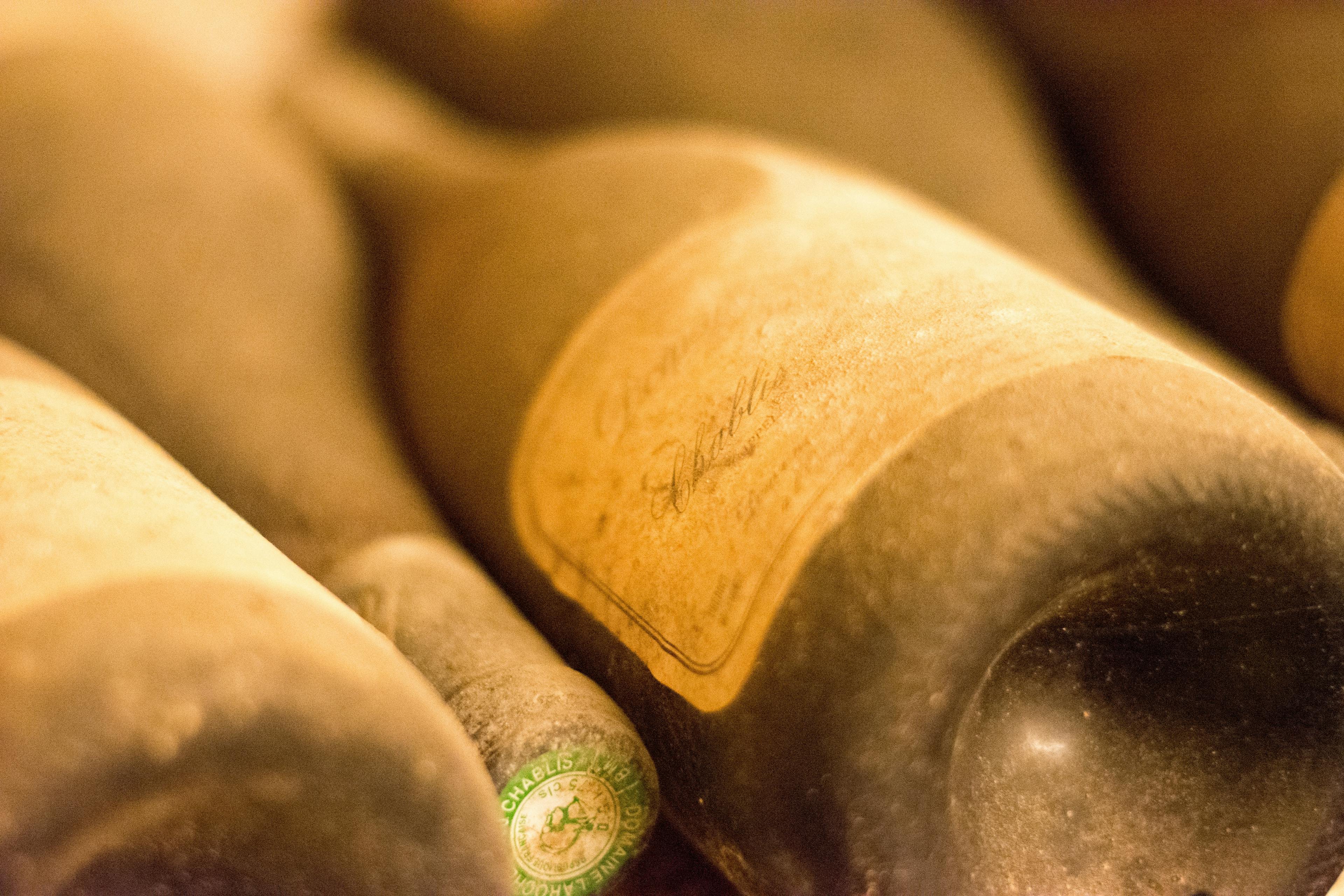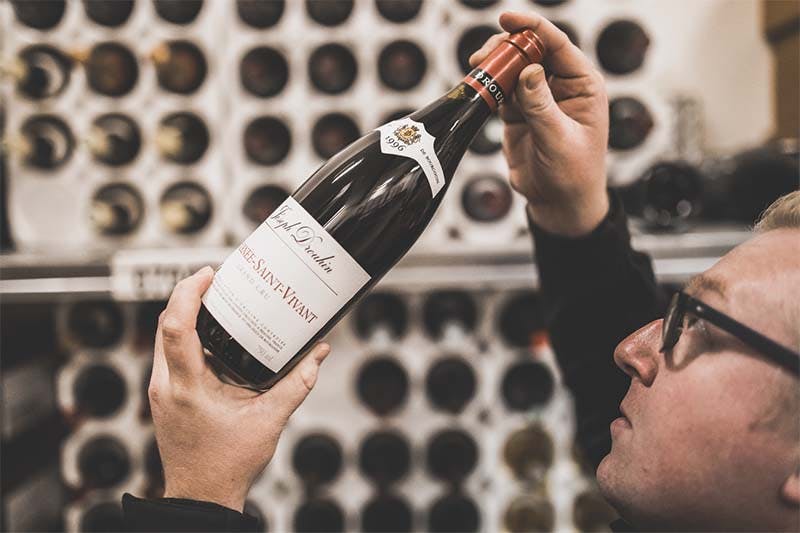
Discover the essence of Paul Jaboulet Aîné, a name synonymous with quality in the world of wine. This prestigious label has been crafting exquisite wines since the early 19th century, offering a range of flavors that cater to the palates of discerning wine enthusiasts. Each bottle tells a story of tradition, terroir, and meticulous winemaking processes that have been perfected over generations. In this article, we delve into the sensory experiences provided by these celebrated wines, exploring their complex bouquets, rich textures, and the subtle nuances that make each sip a memorable one.
Profile of Paul Jaboulet Aîné's Flavor Notes
Exploring the flavor profile of Paul Jaboulet Aîné reveals a fascinating tapestry of tastes that reflect the craftsmanship behind each bottle. This esteemed winery, known for its rich history in the Rhône Valley, produces wines that are both complex and captivating. Key notes typically include:
Dark Fruit: Expect a robust presence of black cherry and plum, which provide a luscious depth to the palate.
Spice: Nuances of pepper and clove add a spicy zest, enhancing the overall flavor complexity.
Earthiness: Subtle hints of forest floor and truffle infuse the wine with an intriguing earthy character.
Floral Undertones: Delicate aromas of violet and lavender offer a light, floral touch that balances the more intense flavors.
Each sip showcases a harmonious blend of these elements, making Paul Jaboulet Aîné wines a true pleasure to explore. Whether enjoying a young vintage or a well-aged bottle, the layers of flavors continue to evolve, offering a unique experience with each glass.
The Impact of Terroir on Taste
The influence of terroir on the taste of Paul Jaboulet Aîné cannot be overstated. Terroir refers to the unique environmental conditions, including soil, climate, and topography, where the grapes are cultivated. These factors significantly shape the flavor profile of the wine, making each bottle a distinct expression of its origin.
For instance, wines from the rocky and sun-exposed vineyards of Hermitage exhibit robust and concentrated flavors, often with a hint of minerality. This complexity makes them excellent candidates for specific food pairings, enhancing the dining experience. Here are a few examples:
Rich meats: The boldness of Hermitage reds pairs splendidly with hearty dishes like lamb stew or beef bourguignon.
Aged cheeses: A platter featuring aged cheddar or gouda can complement the wine’s depth.
Dark chocolate: For a dessert pairing, the tannins in the wine balance beautifully with the bitterness of dark chocolate.
Understanding these interactions between terroir and taste not only enriches your wine enjoyment but also elevates your culinary encounters.
Aging Influence on the Taste of Paul Jaboulet Aîné
The aging process significantly impacts the flavor profile of Paul Jaboulet Aîné, particularly when considering its popular vintages. As these wines age, they develop a more complex bouquet and a smoother palate. Initially, young wines might exhibit vibrant fruit flavors and pronounced acidity. However, over time, these characteristics mellow, and the wines begin to display deeper notes of dried fruits, leather, and tobacco.
Tannin Softening: With age, the tannins in red wines soften, leading to a silkier mouthfeel. This transformation is particularly noticeable in robust vintages, which initially might seem harsh.
Acidity Integration: Aging allows the acidity in the wine to integrate better with other flavors, enhancing the overall balance and drinkability.
Flavor Development: Secondary flavors such as vanilla, spice, and earthy undertones emerge as the wine matures. These flavors are a result of chemical reactions occurring within the bottle, influenced by storage conditions and the wine's inherent properties.
Understanding these changes can greatly enhance the appreciation of each bottle's unique evolution over time.
Sensory Experience: Aroma, Taste, and Texture
Exploring the sensory experience of Paul Jaboulet Aîné wines reveals a complex interplay of aroma, taste, and texture that distinguishes this label. When you first pour a glass, the aroma is immediately captivating, often filled with hints of ripe fruits, spices, and sometimes floral notes, depending on the vintage. These scents are typically robust, hinting at the rich history of the vineyards and the meticulous winemaking process.
As for the taste, Paul Jaboulet Aîné wines are renowned for their layered complexity. Initial sips might reveal a blend of blackberry, cherry, and plum flavors, often complemented by undertones of vanilla and oak. Over time, secondary notes such as leather, tobacco, or even mineral elements might emerge, offering a dynamic tasting experience.
The texture of these wines is equally noteworthy. They typically present a smooth, velvety mouthfeel that balances tannic structure with acidity. This balance ensures that each sip finishes with a satisfying, lingering elegance, making it clear why these wines are celebrated worldwide. Each element, from aroma to texture, contributes to a holistic sensory journey that is both rich and enchanting.
Comparison of Different Vintages
Exploring the characteristics of Paul Jaboulet Aîné across various vintages reveals a fascinating evolution in flavor and complexity. Each vintage offers a unique profile, influenced by the climatic conditions of the year. For instance:
2010 Vintage: Known for its robust structure and deep fruit flavors, this year was marked by optimal weather conditions that led to a well-balanced wine with exceptional aging potential.
2015 Vintage: This year stood out for its intense aromatics and silky tannins. A warm summer provided the grapes with more ripening time, resulting in a richer, more voluptuous wine.
2018 Vintage: Characterized by its vibrant acidity and fresh fruit notes, the cooler temperatures of late summer helped preserve the natural freshness of the grapes, making it distinctly lively and crisp.
Each of these vintages demonstrates how environmental factors can influence the sensory qualities of wine, making each bottle a unique expression of its year.
The Finish: What to Expect After a Sip
The finish of a Paul Jaboulet Aîné wine is as memorable as its first impression. After taking a sip, expect a complex and lingering aftertaste that beautifully encapsulates the essence of the Rhône Valley. The flavors evolve, revealing layers of fruit, spice, and earthy undertones. This evolution in your palate is a testament to the meticulous aging and blending processes that define this esteemed label.
Depth of Flavor: Initially, you might taste vibrant notes of blackberry and cherry. As the wine lingers, hints of vanilla and oak emerge, adding richness.
Balance: Despite the complexity, there's a harmonious balance between acidity and tannins, making each sip smooth and enjoyable.
Length: The finish is long, often continuing for several minutes, a characteristic sign of a well-crafted wine.
Properly storing your bottle is crucial to preserving its quality and enhancing its finish. Learn more about the best practices at store. This will ensure that every glass poured from your bottle of Paul Jaboulet Aîné maintains the integrity and flavor profile intended by the winemakers.
Expert Descriptions of Paul Jaboulet Aîné's Palate
When exploring the facts about Paul Jaboulet Aîné, the palate descriptions often highlight its complexity and elegance. Wine enthusiasts and critics alike praise the balance and depth found in these wines. Here are some key characteristics often noted:
Richness: Many of the reds, especially those from the Hermitage region, exhibit a lush, velvety texture that coats the palate, offering layers of berry flavors and spice.
Acidity: Essential for balance, the acidity in Jaboulet wines is typically well-integrated, providing a fresh counterpoint to the richness, which enhances the overall tasting experience.
Tannins: The tannins are generally smooth and well-rounded, contributing to the wine's structure without overpowering the fruit flavors.
Aromatic Complexity: A signature trait of Jaboulet wines is their aromatic complexity, with scents ranging from ripe fruits to floral and earthy notes, which continue to evolve in the glass.
Finish: Long and memorable, the finish on Jaboulet wines leaves a lasting impression, often with hints of spice, fruit, and mineral undertones, urging another sip.
These elements combine to create a harmonious and sophisticated drinking experience, reflective of the winery's storied history and expertise.
Common Misconceptions About the Taste
Many people hold misconceptions about the taste of Paul Jaboulet Aîné, often influenced by general stereotypes about wines. One common belief is that all wines from this label are overwhelmingly robust and heavy. However, the reality is that the range includes both delicate and full-bodied varieties, catering to diverse palates. Another frequent assumption is that these wines should be consumed immediately after purchasing. In contrast, many varieties from this vineyard actually benefit from aging, which enhances their flavors and complexity.
Additionally, there is a misconception that Paul Jaboulet Aîné wines are only suitable for consumption with certain types of food. This belief limits the enjoyment and pairing possibilities. These wines are versatile and can serve as excellent complements to a wide array of dishes, from robust meats to delicate seafood.
Temperature Matters: Serving them too cold can mute flavors, while too warm can overly emphasize alcohol.
Decanting: Some believe it's unnecessary, yet decanting can help in releasing more complex aromas.
Glassware: Using the correct glass enhances the tasting experience, contrary to the notion that any glass works equally well.
How Food Pairings Alter the Taste
When considering how food pairings can influence the taste of Paul Jaboulet Aîné wines, it's essential to understand the balance between the wine's characteristics and the flavors of the dishes. The right combination can enhance both the meal and the wine, creating a more enjoyable dining experience. For instance:
Rich Meats: Wines from Paul Jaboulet Aîné, particularly their robust reds, pair beautifully with fatty meats like lamb or beef. The tannins in the wine help to cut through the richness of the meat, balancing each bite.
Spicy Dishes: The slight sweetness of some Jaboulet whites or rosés can complement spicier foods by offsetting heat and enhancing underlying flavors.
Cheese Plates: A varied cheese platter can be elevated with a well-chosen bottle of Jaboulet. The acidity and fruit notes in the wine interact with the creaminess and saltiness of the cheese, often bringing out hidden nuances in both.
Desserts: Lighter, sweeter wines from Jaboulet may be paired with desserts that share similar sweetness levels, ensuring that neither the wine nor the dessert overwhelms the other.
By enjoying Paul Jaboulet Aîné wines with carefully selected dishes, the flavors of both are enhanced, leading to a more satisfying tasting experience.
Conclusion
In conclusion, exploring the flavors and characteristics of Paul Jaboulet Aîné wines reveals a fascinating journey through some of the Rhône Valley's most celebrated vineyards. From the robust and complex La Chapelle Hermitage to the delicate nuances of their Côtes du Rhône, each bottle offers a unique glimpse into the terroir and tradition of this storied winemaker. For enthusiasts looking to experience these exquisite wines, Rekolt provides a seamless solution not only to purchase but also to store these treasures under optimal conditions.
At Rekolt, we understand that the proper storage of wine can significantly impact its quality and resale value. That's why we offer specialized cellar storage options that ensure your wine remains in a controlled environment, preserving its integrity and enhancing its aging potential. This service is particularly beneficial for those who invest in premium wines like Paul Jaboulet Aîné, as it allows for the wine to mature in ideal conditions, potentially increasing in value over time.
Whether you're a seasoned collector or a new enthusiast, Rekolt's marketplace and professional storage solutions make it easier than ever to enjoy and invest in high-quality wines. By choosing Rekolt, you ensure that each bottle of Paul Jaboulet Aîné you purchase is not just a drink, but an investment that is well cared for until the moment it's ready to be enjoyed or sold.
Share this article
